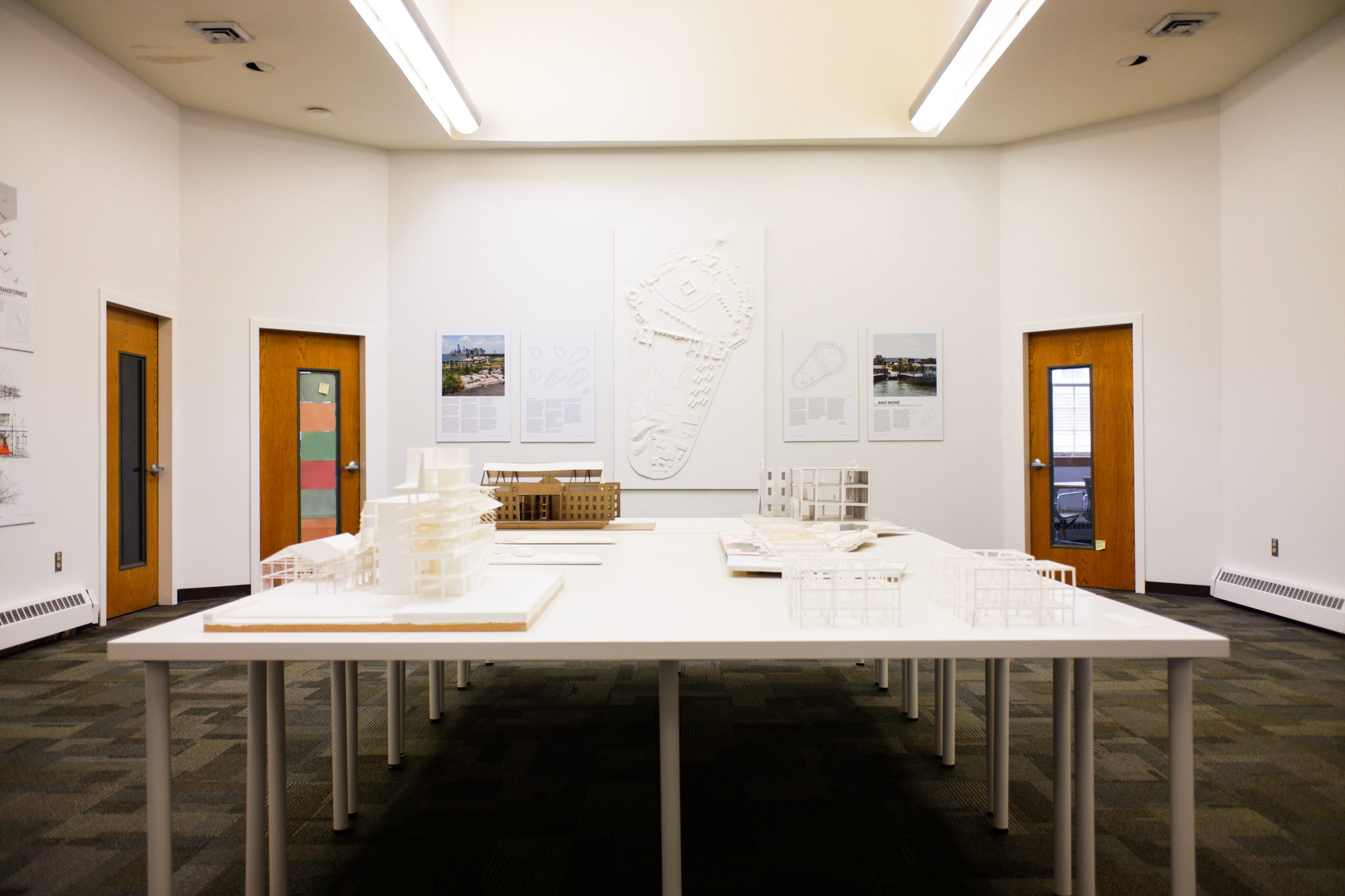
Courtesy of Menglan Li
A short ferry ride away from Manhattan and Brooklyn, Governors Island is an ever-evolving location, a military base turned public tourist destination with an ambiguous future. In the fall of 2018, nine students in an advanced design studio class in the Yale School of Architecture created proposals showcasing their vision for the island’s purpose. Their proposals are now on display on Governors Island itself, part of an exhibit titled “…And More.”
Each semester, the class — partially endowed by Edward P. Bass — pairs a prominent architect and developer from outside Yale to create a focus for the studio.
The course addresses “concern about business, development or similar issues which often get missed,” said Miguel Sanchez-Enkerlin ARC ’19, who participated in the class. “The brief for the project was super vague, which was cool and challenging. The question was open ended: what should we do with Governors Island?”
Before it became a Coast Guard installation in 1966, the island’s history included its role as a fishing ground for the Lenni-Lenape tribe, a trading port for the Dutch West India Company, a base for the Continental Army during the American Revolution and the site of Mikhail Gorbachev’s meeting with Ronald Reagan to end the Cold War. In the early 2000s, the Bush administration made plans to publicize the island, which were turned over in 2006 to a non-profit called the Trust for Governors Island.
Michael Samuelian, the former president and CEO of the Trust for Governors Island, served as the developer who led the course. Simon Hartmann, principal of HHF Architects in Switzerland and Bishop visiting professor of architectural design was the participating architect. The developer-architect team presented a broad challenge to their students: to create their own vision for the next chapter in the story of Governors Island.
“The island is still largely undeveloped and there’s a real question about how the island should continue to evolve,” said Andrei Harwell ARC ’06, who served as the Yale-based coordinating faculty and studio critic for the course.
According to Harwell, the island was formerly “a place of some mystery that no one really knew about.” He said that plans to publicize the island began when the city took over the island.
From shared spaces and residential communities to hotels and a crematorium, each of the nine students brought their own perspective to the island. Their work comprises the objects featured in the exhibition, including three-dimensional architectural models, computer-generated images, text and hand-drawn sketches.
“If you look at the proposals, they focus on ways of diversifying Governors Island,” said Harwell. “All the projects try to reach out and incorporate things which a greater number of New Yorkers might be able to take advantage of in their daily lives.”
Additionally, two student curators, Menglan Li ARC ’19 and Melinda Agron ARC ’19, were tasked with transforming the proposals into displays for island visitors. Li explained that the Trust for Governors Island provided the team with a space. She and Agron created an exhibit template for each student.
The students selected the exhibit images, text and titles. In addition to the student projects positioned around the room, the class created a large physical model of the whole island that hung vertically in the center, giving the onlooker a template from which to base their mental image of the students’ proposals.
“[The model] is the centerpiece, the first thing that strikes you when you walk into the room,” said Li. “It gives you an idea of what the island looks like now — it’s large and immersive. As a visitor to the island, that’s something palpable.”
Li’s proposal, arguably the most controversial according to Harwell, was for Governors Island to house a crematorium.
“To me, there’s something really powerful about thinking about a facility that might change people’s relationship to each other as citizens of a city around a particularly difficult time in their lives,” said Harwell.
Li advocated for the island to become an entirely public space, in accordance with its current ban on private residences. She said that she “fully [supports] the public program and mission of the island,” which led her to propose the crematorium.
Other students, such as Sanchez-Enkerlin, supported a more private-public collaboration on the island, combining private residences with public spaces such as sports or performance facilities to incentivize a year-round community on the island.
“I concentrated on [residential] buildings on the edges of the island and a boardwalk with amenity programs stretching along the edge — sports, marina, a beach — all of these things that would make life on the island viable for someone who lives there and also incentivize people who didn’t live there to go,” said Sanchez-Enkerlin.
Part of what makes such an open-ended exhibit like “…And More” interesting is that it allows students to create projects with independent intellectual content, Harwell said.
“If Governors Island is for all the residents of New York City, it can be something to connect everybody,” said Li, who envisions the exhibit as a reflection of “the diversity and multiculturalism and different socioeconomic classes” from an architectural stance.
The exhibit will remain on display until Oct. 27.
Phoebe Liu | phoebe.liu@yale.edu .







